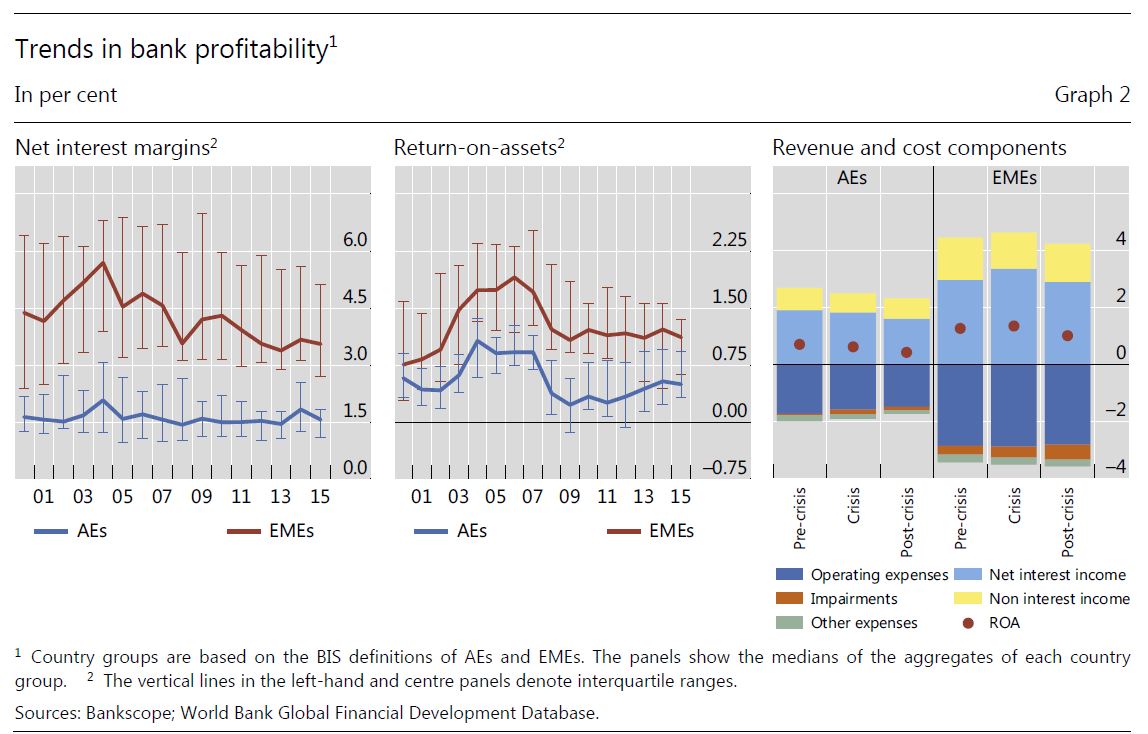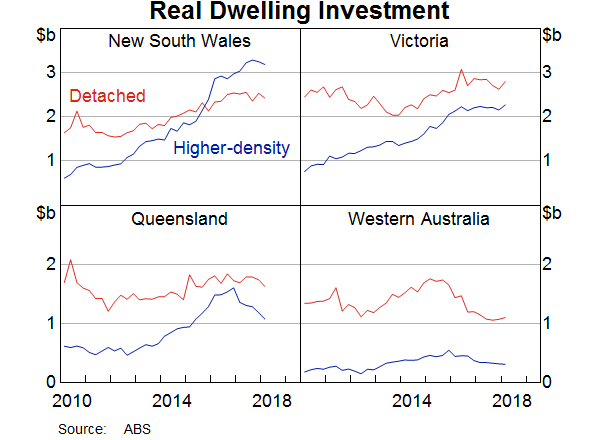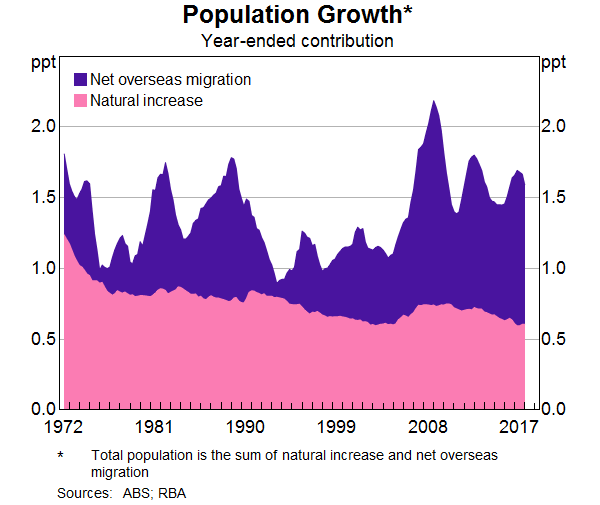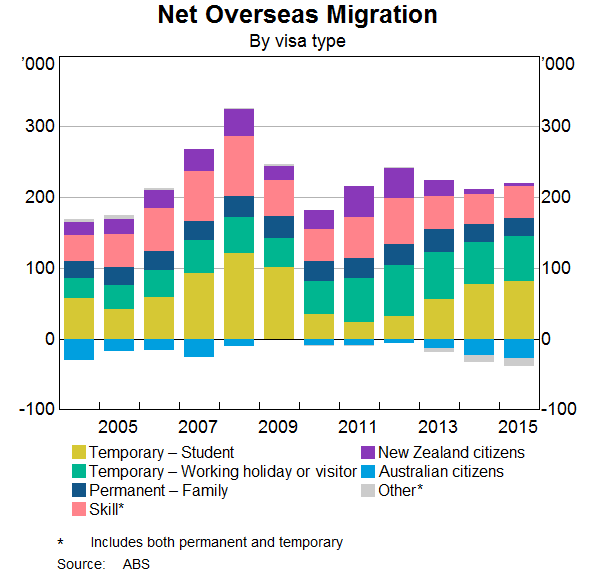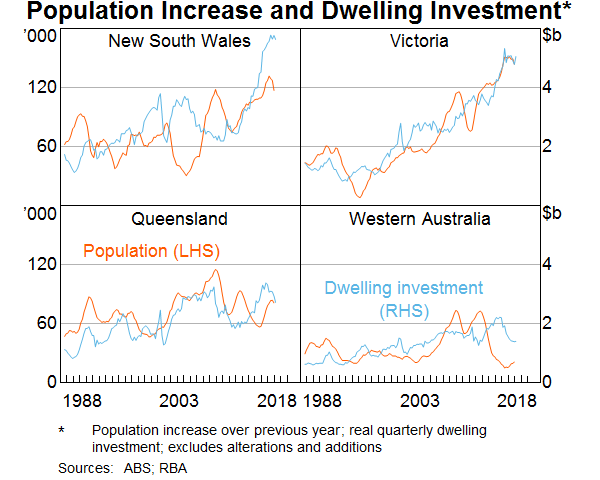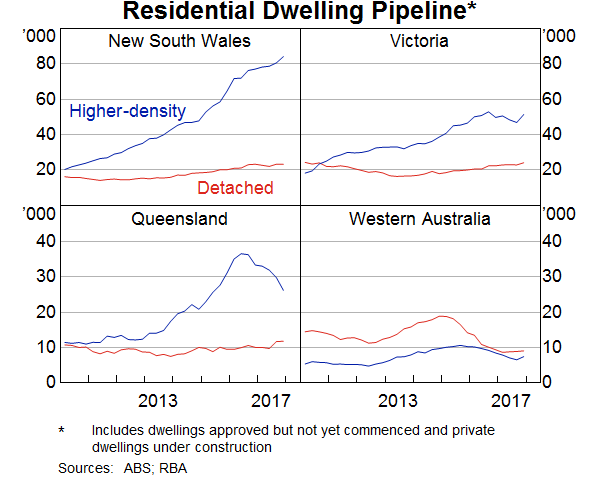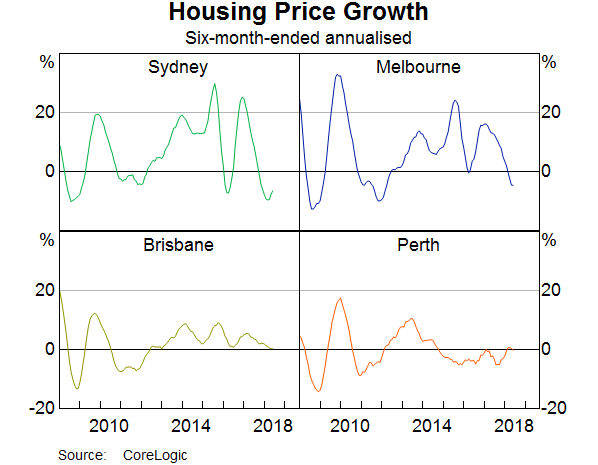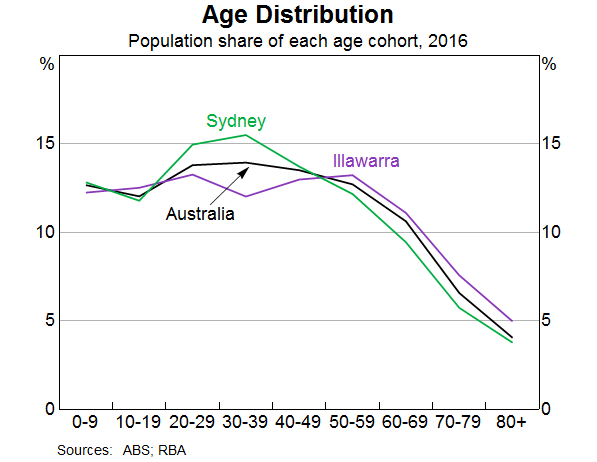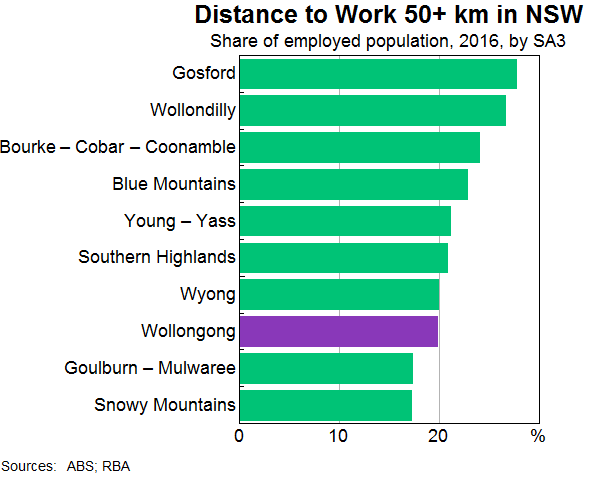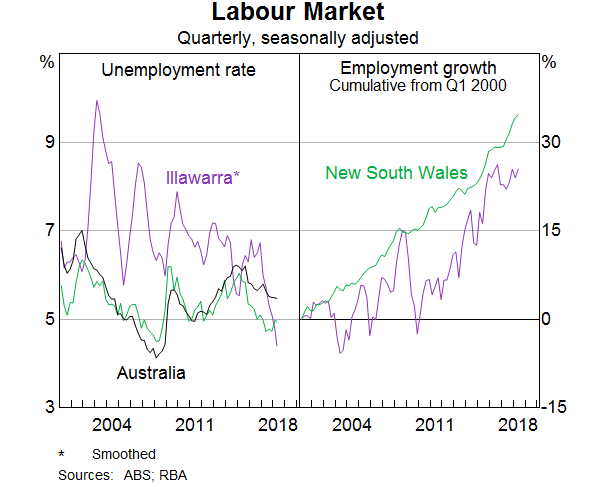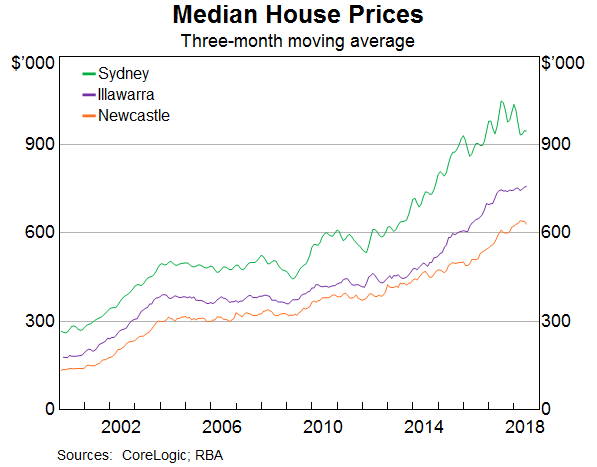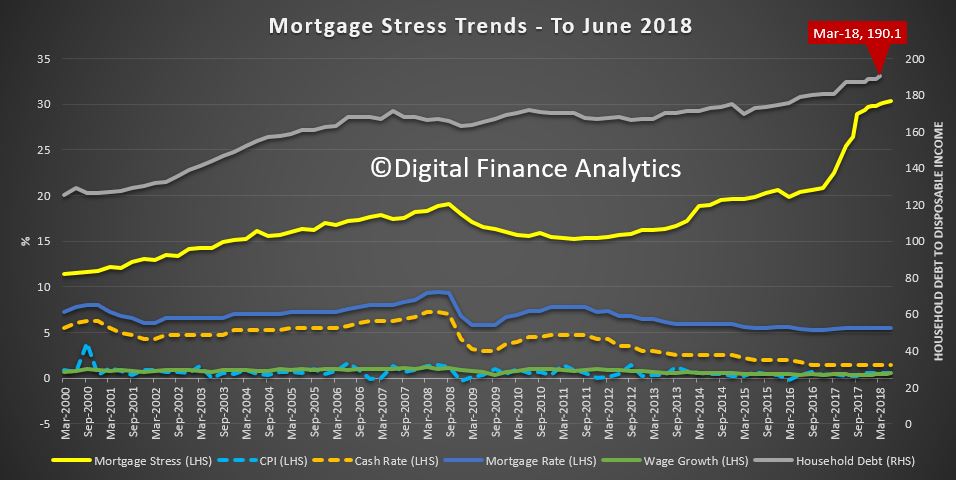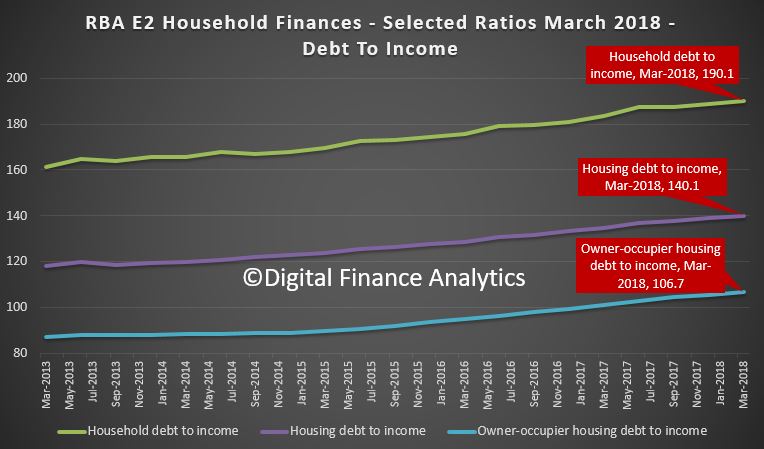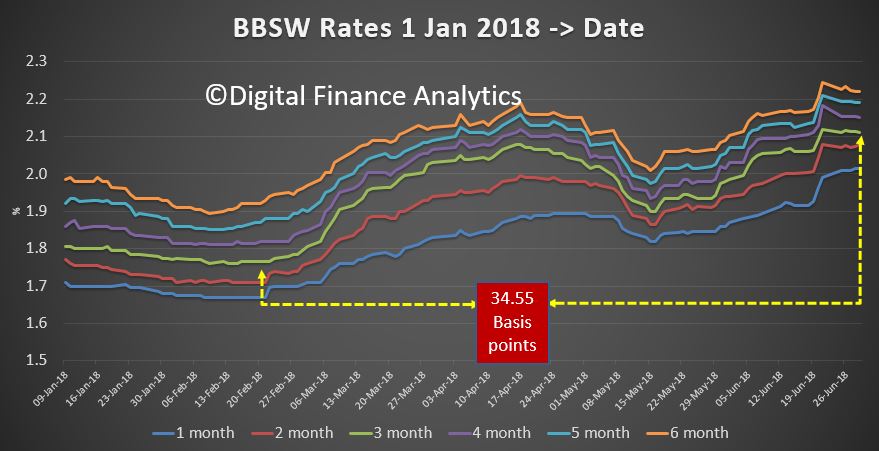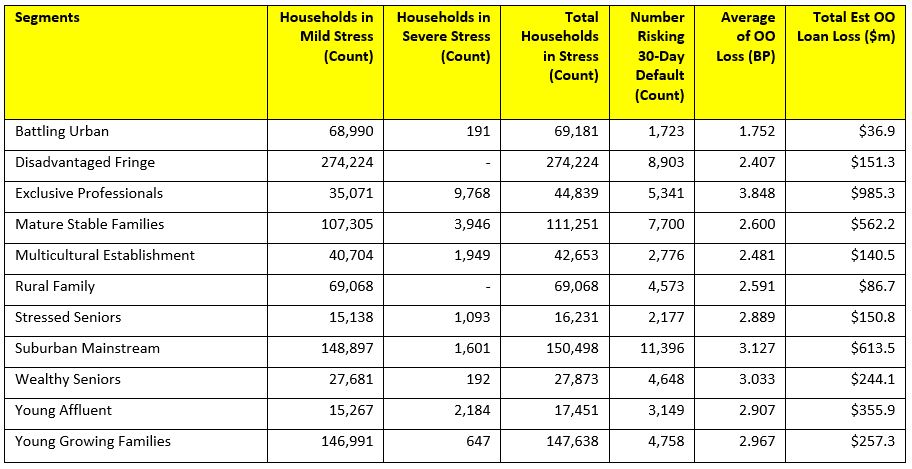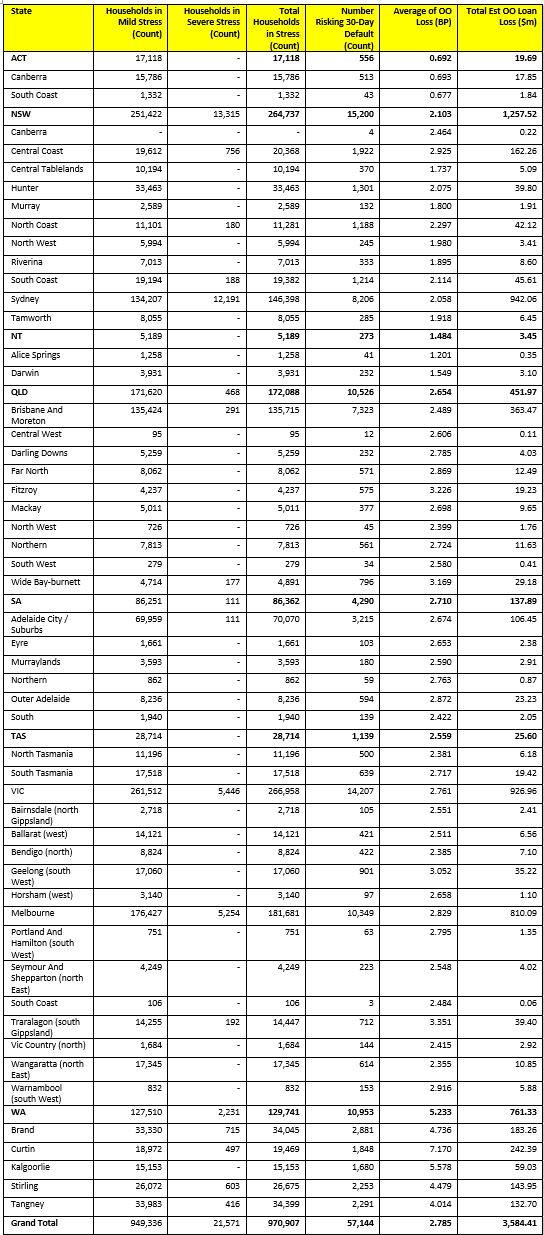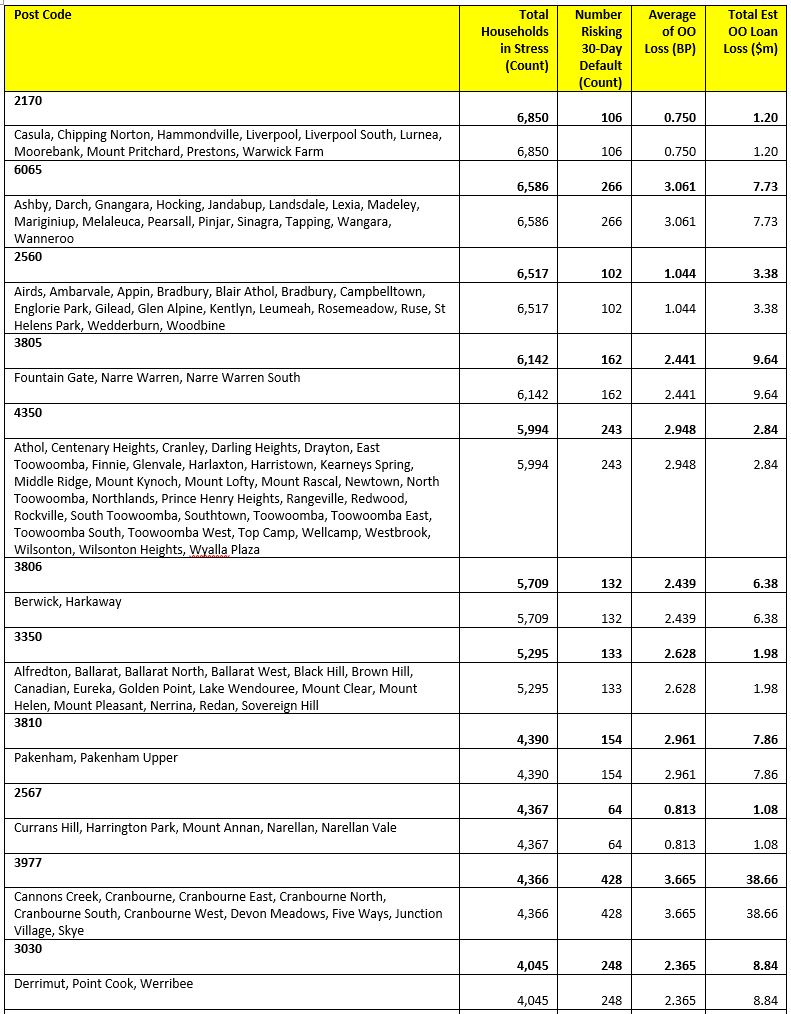The IMF has published an excellent piece on their blog, which sharply defines the issues around bank bail-out and bail-in should a bank fail.
 The trouble is the “bail-in” route which they define as targetting “Sophisticated Investors” such as super funds, effectively means a indirect risk to households who save via their superannuation, and of course there is the risk that even deposits could be grabbed as is explicitly stated in New Zealand.
The trouble is the “bail-in” route which they define as targetting “Sophisticated Investors” such as super funds, effectively means a indirect risk to households who save via their superannuation, and of course there is the risk that even deposits could be grabbed as is explicitly stated in New Zealand.
The IMF argues that the risk of bail-in means prospective investors should see a premium to cover the risk, in the returns they get from their investments. But it seems to me in an attempt to deflect risks away from governments being forced to bail-out a bank, once again the end user of financial services products are effectively taking the risks, and creating a moral hazard, where banks and governments can pass the buck.
Watch my previous video:
During the global financial crisis, policymakers faced a steep trade-off in handling bank failures. Using public funds to rescue failing banks (bail-outs) could weaken market discipline and lead to excessive risk taking—the moral hazard effect.
Letting private investors absorb the losses (bail-ins) could destabilize the financial sector and the economy as a whole—the spillover effect. In most cases, banks were bailed out.
This created public resentment and prompted policymakers to introduce measures to shift the burden of bank resolution away from taxpayers to private investors.
Resolving a failing bank should rely on bail-ins: private stakeholders should bear the losses.
Our recent study, also featured in an Analytical Corner in the 2018 Spring Meetings, looks at the question of what to do when a bank fails.
We advocate a resolution framework that carefully balances the moral hazard and spillover effects and improves the trade-off. Such a framework would make bail-outs the exception rather than the rule.
Balancing moral hazard and spillover effects
Not all crises are alike. Some are isolated, with little or no spillover effect. In those cases, bail-outs would merely create moral hazard. Resolving a failing bank should rely on bail-ins: private stakeholders should bear the losses.
Other crises are systemic, and affect all corners of an economy or many countries at the same time.
The destabilizing spillovers associated with bank failures in such a situation would justify the use of public resources: moral hazard still exists but is bearable compared to the alternative of a severe crisis that hurts all, including those without a stake in the troubled bank.
So, the framework should commit to using bail-ins in most cases and allow use of public funds only when the risks to macro-financial stability from bail-ins are exceptionally severe.
Improving the trade-off
The best way to avoid such dilemmas is to reduce spillovers and the need for bail-outs in the first place. This can be achieved through two mutually re-enforcing mechanisms.
The first mechanism is reducing the likelihood of crises and minimizing costs should a crisis occur. This translates into having a more resilient banking system: less leverage and risk taking, and more capital and liquidity. Then the odds that a bank runs into trouble are smaller. And, if there is trouble, banks can absorb the losses without help from the government.
The second mechanism is making the bail-in option viable. The problem is that policymakers may make the promise to bail in a troubled bank but, in a crisis, they will be tempted to bail them out. So people will not believe that bail-ins will happen and continue to expect bail-outs.
This is the worst of both worlds, because it has spillover and moral hazard effects.
How do policymakers make a credible commitment that there really will be bail-ins?
First, ensure that banks have enough buffers to absorb losses and clarify upfront which investor claims (such as bonds and deposits) will in the event of failure be written down and in what order. Second, only allow sophisticated investors who can understand and absorb the losses to hold these bail-in-able claims. Third, improve systemic banks’ resolvability by periodic assessments, living wills that spell out how the bank will be resolved, and domestic and cross-border drills to assess the impact of a threat.
Turning to the other side of the trade-off, how do we limit moral hazard?
First, credibly commit to using bail-outs only in exceptional cases and on a temporary basis with a clear exit plan. Second, use public funds only after those that can absorb the losses have been bailed in. Third, recover these bail-out funds after the storm has passed and ensure that all is executed in a transparent, accountable manner.
The way forward
Reforms since the crisis have improved the trade-off by seeking to make bail-ins a credible option and to make bail-outs less likely.
New frameworks—such as those in the United States and the European Union—introduce comprehensive powers to resolve banks, including through bail-ins. These measures also seek to contain spillovers from bail-ins by ensuring that banks have adequate buffers to absorb losses, and aim to make them more resolvable via effective resolution planning.
We support the ongoing reform agenda and stress that resolution frameworks should minimize moral hazard. That said, we also emphasize the need to allow for sufficient, albeit constrained, flexibility to be able to use public resources in systemic crises—when spillovers are deemed likely to severely jeopardize macro-financial stability.

